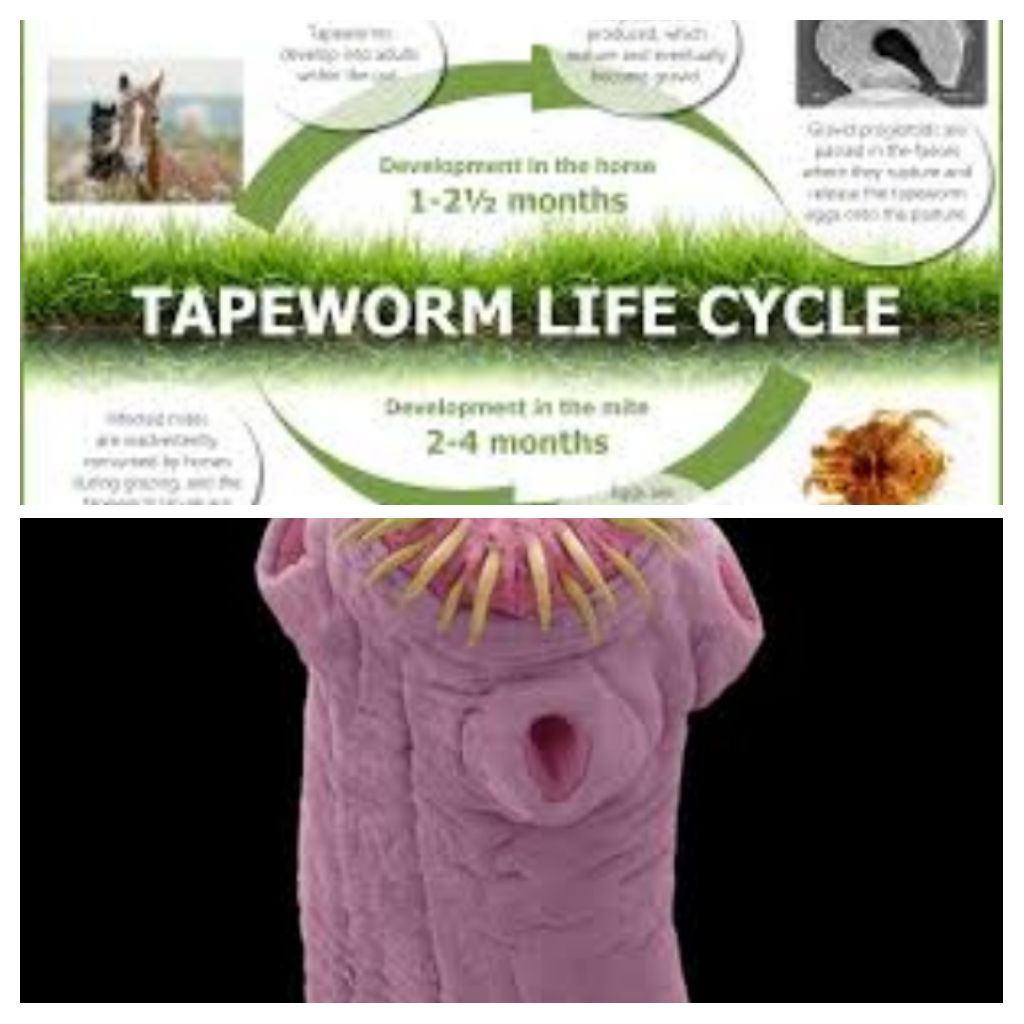This is Considered by many as inconspicuous inhabitants of the biological landscape, tapeworms rarely occupy our thoughts, especially in the developed world where encounters with them are infrequent and often regarded as unpleasant. However, beneath the surface of this seemingly trivial relationship lies a fascinating narrative about human evolution, intertwined with the peculiar life cycle of these parasitic organisms. It’s a tale that challenges preconceived notions about the timing of tapeworm infections in humans and invites us to go into the intricate web of evolutionary relationships.

Tapeworms, specifically three species with humans as their definitive hosts, engage in a complex life cycle that involves exploiting both humans and other animals. Taenia solium, one of these species, exemplifies this parasitic lifestyle by attaching to the small intestine’s wall, absorbing nutrients, and producing eggs excreted in human stool. These eggs find their way into an intermediate host, often a pig, where they develop into cyst-like structures. When humans consume inadequately cooked pork, the tapeworms find their way back into the human gut, perpetuating the cycle.
The prevailing assumption, rooted in the domestication of animals, suggested that tapeworms infiltrated human hosts when our ancestors began domesticating and consuming these animals. However, a closer inspection of tapeworm species’ relatedness challenges this notion. A phylogenetic tree, a visual representation of their evolutionary relationships, reveals intriguing patterns. Two tapeworm species infecting humans, T. asiatica and T. saginata, emerge as sister species, indicating a close evolutionary kinship.

This revelation prompts a thought-provoking inference about history and tapeworm-human interactions. The hypothesis suggests that their common ancestor also exploited humans as definitive hosts, a scenario considered based on the principle of parsimony, favoring scenarios with fewer host-transfer events. The phylogenetic tree, adorned with orange highlighting, indicates when the ancestral lineage likely transitioned to using humans as definitive hosts. Astonishingly, this appears to have occurred twice in tapeworm evolution—once leading to T. asiatica and T. saginata and another time leading to T. solium.
The question of when these tapeworms first infected humans takes us into the realm of molecular sequence data. By examining the genetic makeup inherited from their common ancestor, researchers estimate the time elapsed since T. asiatica and T. saginata shared a common ancestor. Astonishingly, the results challenge the conventional narrative. The estimates, ranging from 550,000 to 1,710,000 years ago, far exceed the assumed timeline linked to animal domestication in the last 10,000 years.
Conclusion: Tapeworms

The implications are profound. The tapeworms’ common ancestor with humans existed hundreds of thousands of years ago, not in the context of domesticated animals, but rather in the era of our ancestors. This realization prompts a shift in perspective, suggesting that tapeworms might have infiltrated our lineage during a time when our ancestors engaged in a dietary practice that defines much of human evolutionary history—meat consumption, ( credit source: medium).
Anthropologists have long emphasized the significance of hunting and meat consumption in human evolution. The tapeworm’s narrative adds a unique dimension, indicating that our ancestors’ affinity for meat began remarkably early. Molecular sequence estimates place the last common ancestor of T. asiatica and T. saginata around a million years ago, predating both modern humans and Neanderthals. This temporal alignment directs our gaze further back, possibly to Homo erectus, unveiling dietary habits that a seemingly inconspicuous parasite helps unearth from the depths of evolutionary history.











